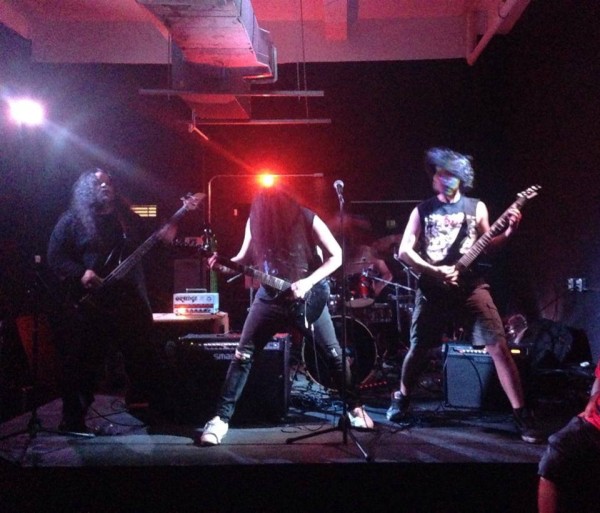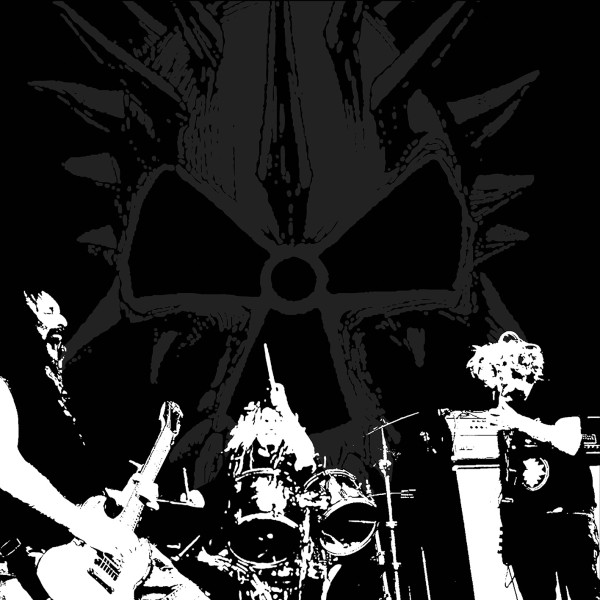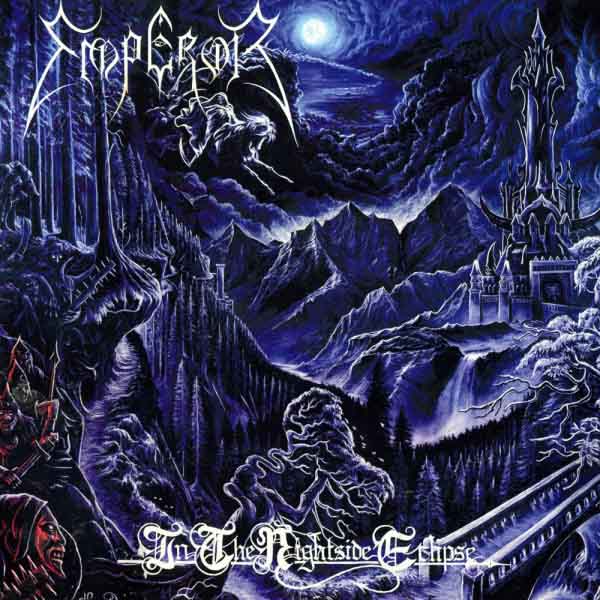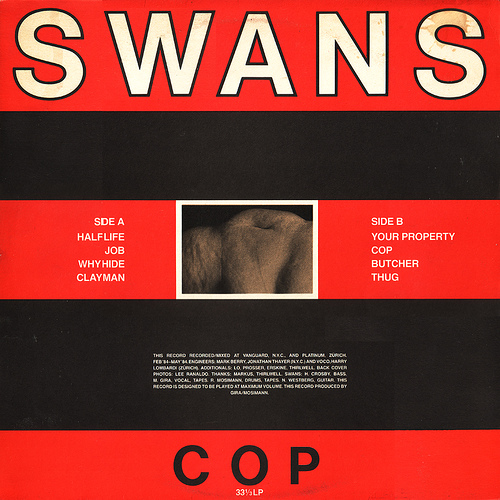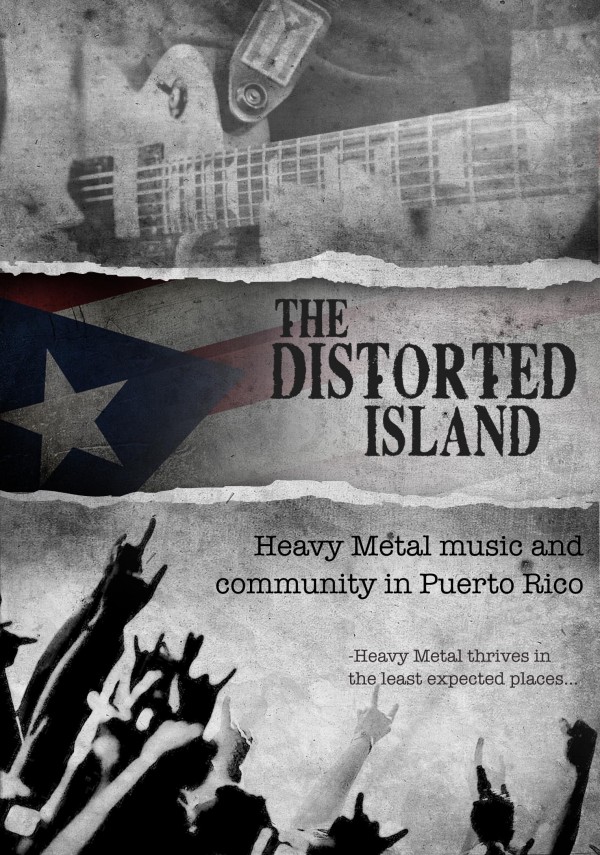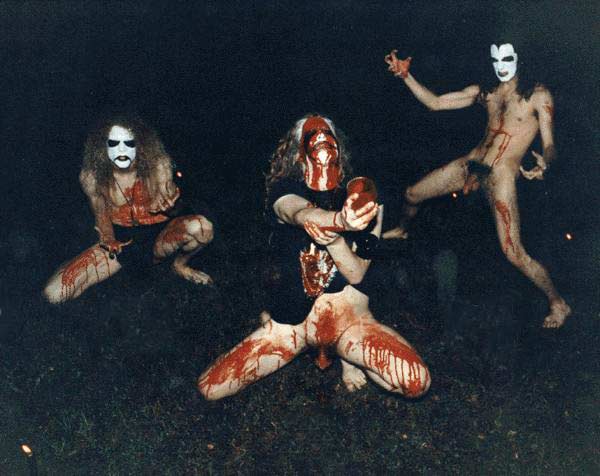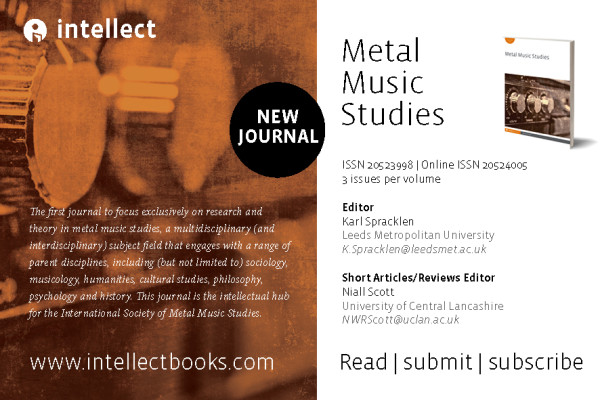Many of the old school metal fans observed how the rise of the Internet coincided with the death of the underground and its replacement with the “funderground.” They opine how one-click access to music removed much of the challenge of finding music and created a culture of casual acceptance, not aggressively finding and hoarding quality material. There’s truth in that, surely. But there are other effects as well.
For example, easy access to music limited the emphasis on quality. When you buy music with limited funds, you tend to care about the best and/or cutting-edge material only. When the cost of trying out a new band is nothing, the tendency is to listen once and then file it by aesthetic category. “Sounds about like regular death metal. I need something different, maybe with a flute or jazz licks.”
Two more subtle effects occurred as well. First, the Internet in its post-AOL incarnation become fundamentally a social place. Metal on the internet became regulated by this social influence because the people talking about music on the Internet did so from a social outlook. They wanted to meet other people, and the music was secondary to that. As a result people began searching more for the ironic and music with novelty, leading to a rise in hipster-metal and related forms.
Second, the Internet made basic information about technique and style easily available. Learning how to write death metal no longer required listening, learning and working with other bands, zines, radio, etc. The user could visit a forum or any number of blogs and get a quick overview, which encouraged people to migrate over from other genres and adopt metal technique to the composition used in those other genres. This was not so much a genre mashup as an extraneous genre disguised as heavy metal.
With those two factors, emphasis switched from the music itself to the music as a “flavoring” to be applied to something else. Whether social flavoring, or a way to dress up those post-punk slash lite jazz hymns that your band had been kicking around for a decade, metal became the outlet for those impulses. The tendency of our media and society to see metal as “rebellious” made it a natural target because just about everyone wants to be different these days, in other words, rebels against the normal way of doing things.
In theory — which sometimes corresponds to reality — this would precipitate a focus not on the outward aspects of metal but its inward attributes, like spirit, compositional style and content. That day may come, but now that’s a much harder sell. It’s easier to dress up the same crap, push it down the line and produce it from your desktop, then spend all of your focus on the social and surface appearance aspects of the music. That’s how success is made these days.
17 CommentsTags: appearance vs structure, Heavy Metal, hipster, internet, lite jazz


